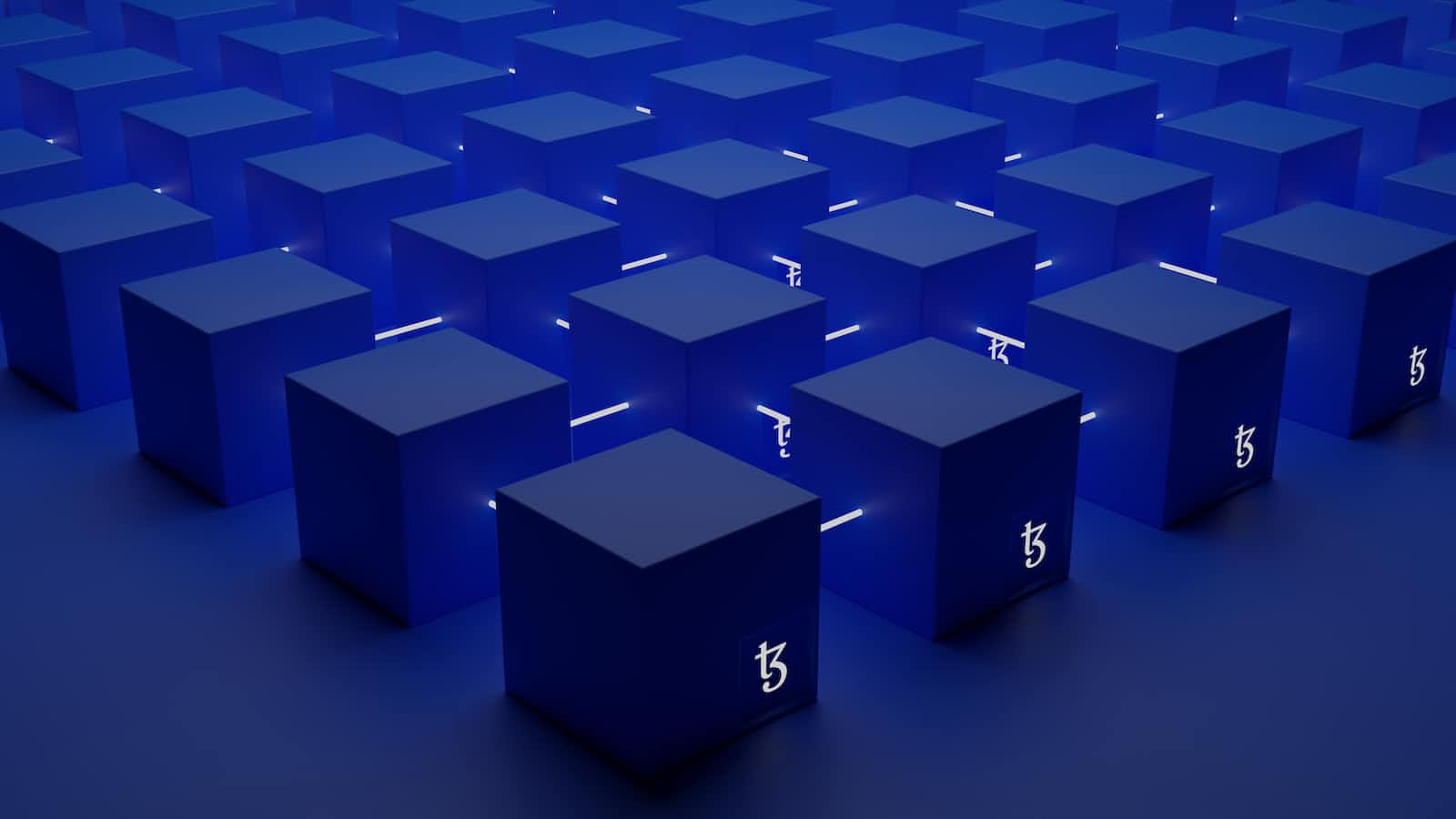Navigating Web5: Understanding the Power of Decentralized Applications (DApps)
 Oluwakorede Oladetohun
Oluwakorede Oladetohun
Introduction
DApps are like doors that open up to the decentralized internet. They are changing how we use software and interact online, making things more transparent, secure, and decentralized. DApp browsers are bridging the gap between the traditional internet and the decentralized web, making it easy for people to use both. The concept of Decentralized Applications (DApps) has emerged as a transformative force in the digital landscape, offering a paradigm shift in the way software and online interactions are approached. DApps operate on a decentralized network, such as a blockchain or peer-to-peer (P2P) network, and are not controlled by a single entity or organization. This unique structure offers a high level of transparency, security, and efficiency, making DApps an attractive alternative to traditional applications. Before delving deeper into DApps, let us look at the root of web5 technology.
Origin of Web5
Web5 is a visionary concept that emerged in 2019, spearheaded by Jack Dorsey, the former CEO of Twitter. It aims to create a more decentralized, secure, and user-centric Internet by combining the user-friendly aspects of Web2 with the decentralized ethos and data ownership principles of Web3. Dorsey's vision for Web5 emphasizes the need for a more equitable and transparent digital landscape, where individuals retain control over their data and online experiences.
The power of DApps
DApps don't follow the usual app rules. They run on a network where no one's in charge, making them a big deal in different industries. The secret sauce? It's the technology they use, called blockchain. DApps use open-source plans and smart contracts to make transactions super trustworthy and unchangeable. DApps, represent a new trend in programming, operating on a peer-to-peer network and eliminating the need for a central authority. These innovative applications have the potential to revolutionize various industries, offering enhanced security, transparency, and efficiency, thanks to the underlying blockchain technology. DApps are open-source protocols that leverage smart contracts for transactions, providing a level of trust and immutability unparalleled by traditional apps.
Benefits of Developing DApps
Decentralized Architecture: DApps operate on a decentralized network, making them resistant to censorship, tampering, and other forms of interference.
Transparency: DApps are transparent, allowing users to view all transactions and data on the blockchain, enhancing security and reducing the risk of fraud and corruption.
Security: DApps offer enhanced security, promoting trust and reducing the risk of data breaches.
Challenges of Developing DApps
Complexity: Developing DApps can be more complex than building traditional applications due to the need to understand blockchain technology and associated programming languages.
Performance: DApps may be slower than centralized applications due to reliance on consensus mechanisms, which can slow down transaction processing.
Scalability: Ensuring scalability of DApps can be a challenge due to the decentralized nature of the network.
Existing DApps
Uniswap
Uniswap is a decentralized exchange on the Ethereum blockchain, allowing users to swap and trade ERC-20 tokens. It operates without relying on buyers and sellers to create liquidity and charges a flat fee per trade, plus the Ethereum gas fee.
Pancake Swap
Pancake Swap is a decentralized exchange on the Binance Smart Chain ecosystem, enabling the swapping of BEP 20 tokens. It offers a user-friendly platform for decentralized trading.
Real-world use Cases for Smart Contracts and DApps
Smart contracts, a core technological element of many DApps, are self-executing code that carries out a set of instructions verified on the blockchain. They have applications in finance, gaming, trading, and more, offering trustless, autonomous, and transparent transactions.
The Future of DApps
DApps hold the promise to reshape the web, offering benefits such as decentralization, reduced transaction fees, user data control, and censorship resistance. They are expected to become more mainstream as more investors capitalize on their potential.
Web5 and DApps
Web5 is a decentralized P2P network and platform developed on the Bitcoin blockchain, aiming to support DApps. It blends the user-centric approach of Web2 with the decentralized promise of Web3, empowering users with control over their data and identity.
In conclusion, DApps represent a significant advancement in the digital landscape, offering enhanced security, transparency, and efficiency. As the demand for DApps grows, they have the potential to revolutionize various industries and create a more secure, equitable, and user-centric digital future.
Subscribe to my newsletter
Read articles from Oluwakorede Oladetohun directly inside your inbox. Subscribe to the newsletter, and don't miss out.
Written by
